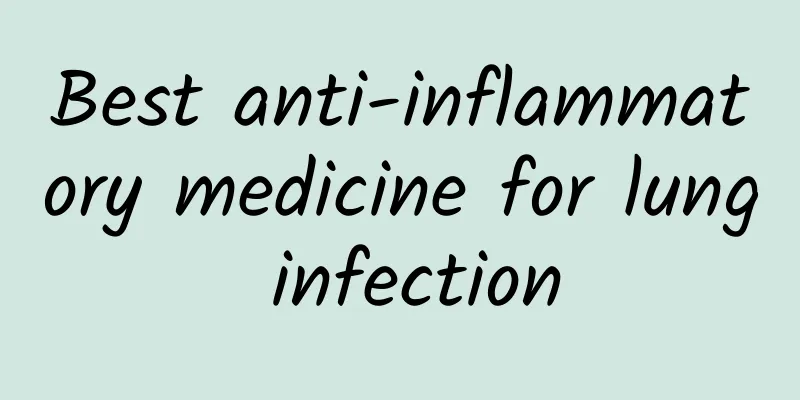What happens if you inhale too much nitrogen?

|
Everyone knows that nitrogen is a colorless and odorless inert gas, often used in industry and medicine. It does little harm to the human body, but if too much nitrogen is inhaled, it can cause headaches, vomiting, chest pain and other symptoms. In severe cases, it can cause coma and endanger human life. If too much nitrogen is inhaled, you must go to the hospital for regular treatment in time to avoid causing great harm. Harm to the human bodyThis product enters the human body through inhalation. Excessive nitrogen content in the air causes the partial pressure of inhaled oxygen to drop, causing suffocation due to lack of oxygen. When the inhaled nitrogen concentration is not too high, the patient initially feels chest tightness, shortness of breath, weakness; followed by restlessness, extreme excitement, running around, shouting, dazed look, and unstable gait. This is called nitrogen intoxication, and the patient may enter a state of drowsiness or coma. If high concentrations are inhaled, the patient may quickly become comatose or die from respiratory and cardiac arrest. When divers dive deep, they may experience nitrogen narcosis. If they switch too quickly from a high-pressure environment to a normal-pressure environment, nitrogen bubbles will form in the body, compressing the nerves and blood vessels or causing microvascular blockage, resulting in decompression sickness. First aid measures After inhaling this product, quickly leave the scene to a place with fresh air. Keep the airway open; if breathing is difficult, give oxygen. If breathing and heartbeat stop, perform artificial respiration and chest compression immediately. Seek medical attention. Protective measures The production process of this product is operated in a closed manner to provide good natural ventilation conditions. Respiratory protection: Generally no special protection is required. When the oxygen concentration in the workplace air is lower than 18%, an air respirator, oxygen respirator or long tube mask must be worn. Eye protection: Generally no special protection is required. Body protection: Wear general work clothes. Hand protection: Wear general work protective gloves. Other protection: Avoid inhalation of high concentrations. When entering a tank, confined space or other high-concentration area, supervision is required. Firefighting measures This product is generally stored in high-pressure containers. If exposed to high heat, the pressure inside the container will increase, causing the risk of cracking and explosion. The fire extinguishing method is: this product is non-flammable, so move the container away from the fire scene to an open area as much as possible. Spray water to keep the fire container cool until the fire is extinguished. Leakage emergency treatment Quickly evacuate people from the leaked contaminated area to a safe area, isolate it, and strictly restrict entry and exit. It is recommended that emergency response personnel wear self-contained positive pressure respirators and general corporate management work clothes. Cut off the source of the leak if possible. Reasonable ventilation will accelerate diffusion. Leaking containers should be properly handled and reused after repair and inspection. |
<<: What happens if uterine erosion is severe?
>>: What kind of stomach problems can cause diarrhea?
Recommend
Will severe kidney inflammation cause protein in urine?
Inflammation is a relatively common type of disea...
Effects and functions of Wumei Pills
What are the effects and functions of Wumei Pills...
What to do if you have athlete's foot and foot odor
There are many phenomena that athlete's foot ...
What causes colon pain?
The human digestive system is very complex and la...
How long does it take to walk after a heel fracture?
Heel bone fractures are very harmful to health an...
How to treat penile ulcers
Prostate disease can be said to be a common disea...
Scraping weight loss method, a good figure is easily scraped out
Gua Sha is a type of traditional Chinese medicine...
Burning pain in vagina after sex
Men and women basically have a certain degree of ...
Salivary amylase
According to research by American scientists: In ...
Price of Panax notoginseng powder
Panax notoginseng powder is a traditional health ...
The thickness of something on your body can directly indicate the health of your kidneys
Traditional Chinese medicine believes that the ea...
Treating lumbar disc herniation with traditional Chinese medicine
Nowadays, many white-collar workers have various ...
Nursing care for deep vein thrombosis
There are some reasons for the occurrence of any ...
Itchy blisters on hands
When it comes to human organs, there are many kin...
What are the effects and functions of sedge grass
There are many Chinese herbal medicines in our co...









